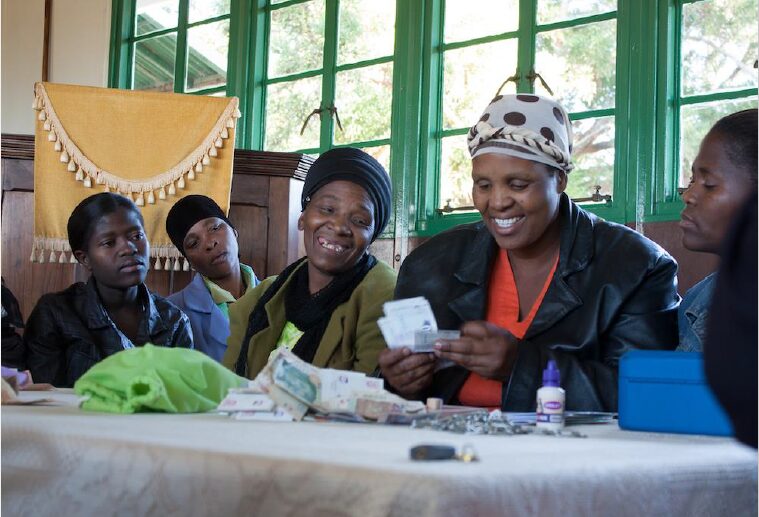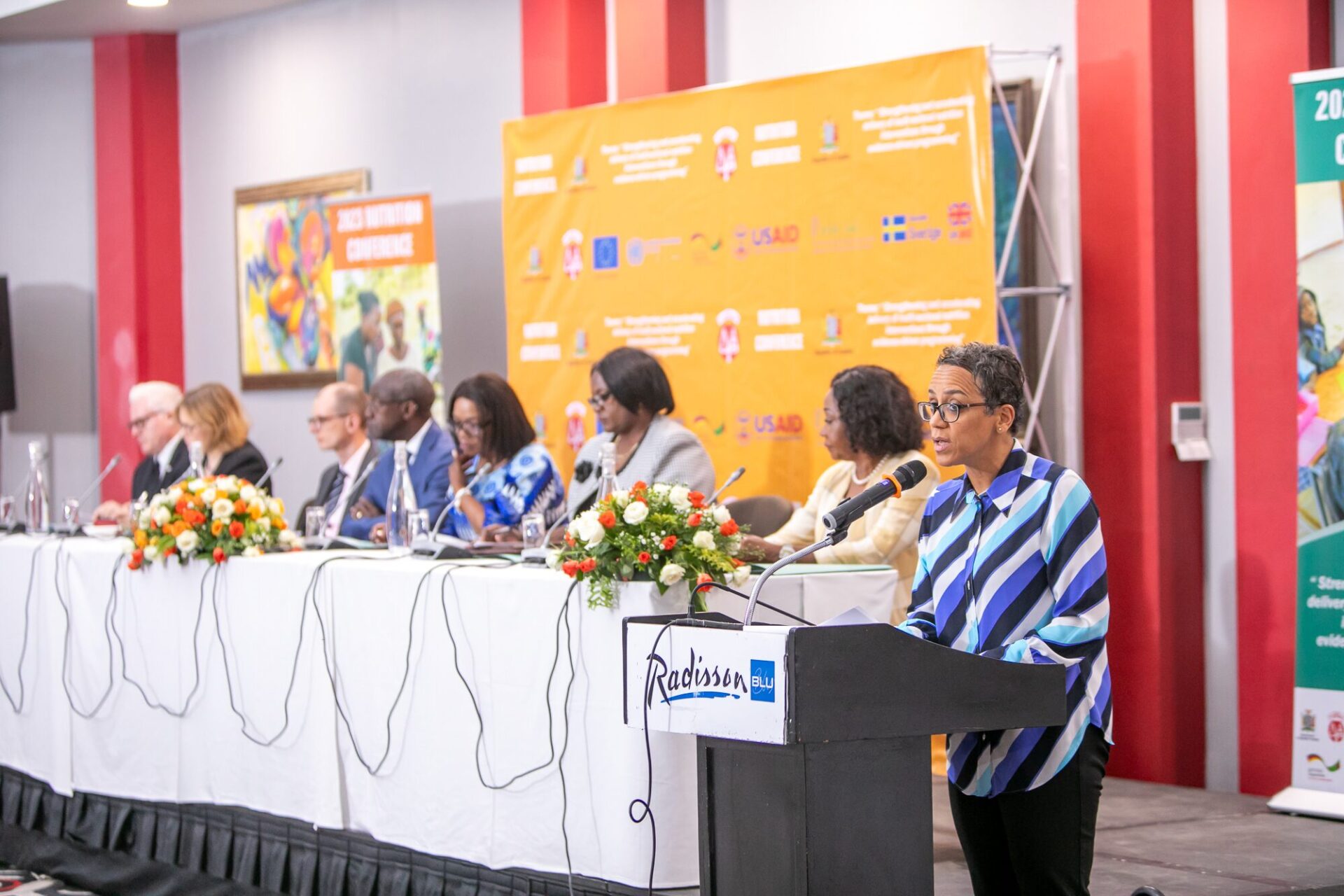Evidence gap maps (EGMs) are interactive tools that visualize research and evaluations conducted on a topic – highlighting where there has been considerable research and where there is little or no research – to identify evidence gaps.
EGMs help policymakers and program implementers make informed decisions, creating an easy way to access and review existing data. EGMs are also useful for research prioritization, helping to avoid duplication of research efforts, and directing research resources to where they are needed most.
Following the EGM template developed by the International Initiative for Impact Evaluation (3IE), Khulisa’s Scaling Up Nutrition Learning & Evaluation (SUN LE) team created an EGM of research and evaluations related to multi-sectoral nutrition in Zambia – classifying the research/evaluation by priority interventions outlined in Zambia’s Most Critical Days Programme (MCDP) II (e.g., agriculture; health and nutrition; water, sanitation, and hygiene [WASH], etc.) and by nutrition outcomes (e.g., nutritional status, dietary/feeding practices, WASH and health behaviours, etc).
The EGM provides an easy way to see all the nutrition research conducted in Zambia, allowing users to quickly identify relevant research and areas needing more research.
To create this EGM, SUN LE subcontractor, the University of North Carolina (UNC), along with a team from the University of Zambia, undertook a systematic scoping review following guidance from JBI (formerly the Joanna Briggs Institute). The team searched both the peer–reviewed and grey literature to identify nutrition evaluations and research in Zambia, following these steps:
- Created inclusion and exclusion criteria based on SUN/MCDP II priorities, which were intentionally broad, to comprehensively identify nutrition research in Zambia.
- Created search strategies with guidance from a UNC health science librarian.
- Systematically searched four library databases (PubMed, Global Index Medicus, Global Health, Scopus) and conducted a focused search of the grey literature, including: the Development Experience Clearinghouse (DEC); Government of Zambia websites; and development NGO, donor, and research institution websites.
- Used Covidence to screen abstracts, review full text articles, and select articles and reports to include, as well as to extract data.
- Used Tableau to display the results of the systematic scoping review in an EGM using the 3IE template
The team screened 3,092 abstracts from peer-reviewed articles, 36 websites, and the USAID DEC. As our objective was to identify all available nutrition evidence, we did not assess the quality of the research. The final EGM includes 551 articles and reports from 1951 to 2023.

The topics with the most evidence include:
- Determinants of the nutritional status of children under five years of age;
- Food security and household diets;
- Gender equity/women’s empowerment and agriculture outcomes;
- Farmers groups and agriculture outcomes;
- Crop production and agriculture outcomes; and
- Methods and diagnostics related to children’s nutrition.
To review the Zambia Nutrition EGM and all of the included studies, click here. We are currently updating the EGM and preparing resources for EGM users and for maintaining it.


